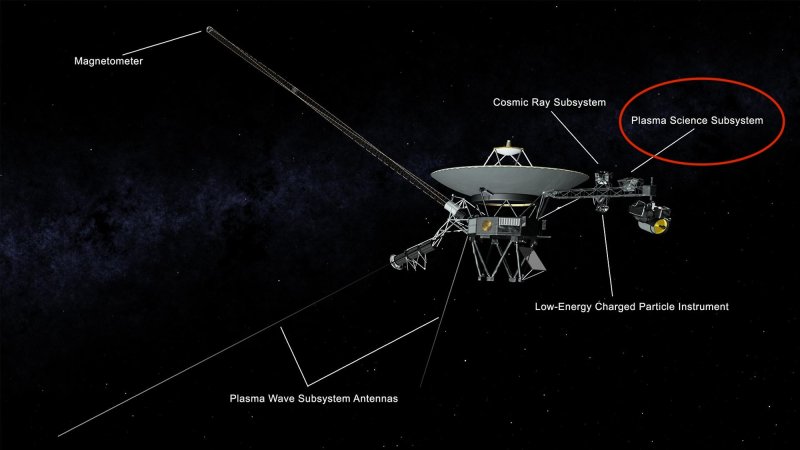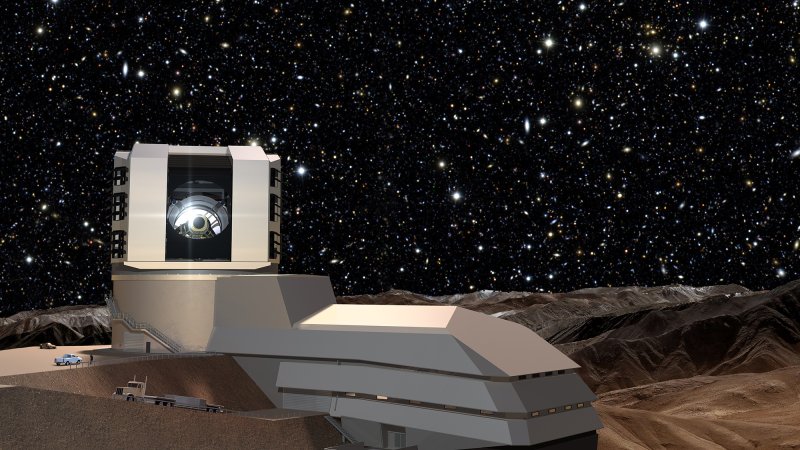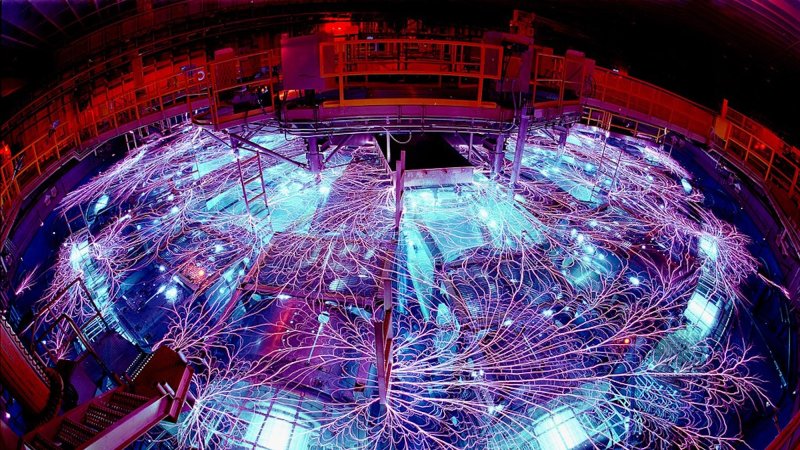Deep Space
The latest on the missions plunging far beyond of Earth's orbit, including Voyager I, the Parker Solar Probe, and JUICE.
Explore Deep Space
Latest in Deep Space
Get the Popular Science newsletter
Breakthroughs, discoveries, and DIY tips sent every weekday.
By signing up you agree to our Terms of Service and Privacy Policy.



















